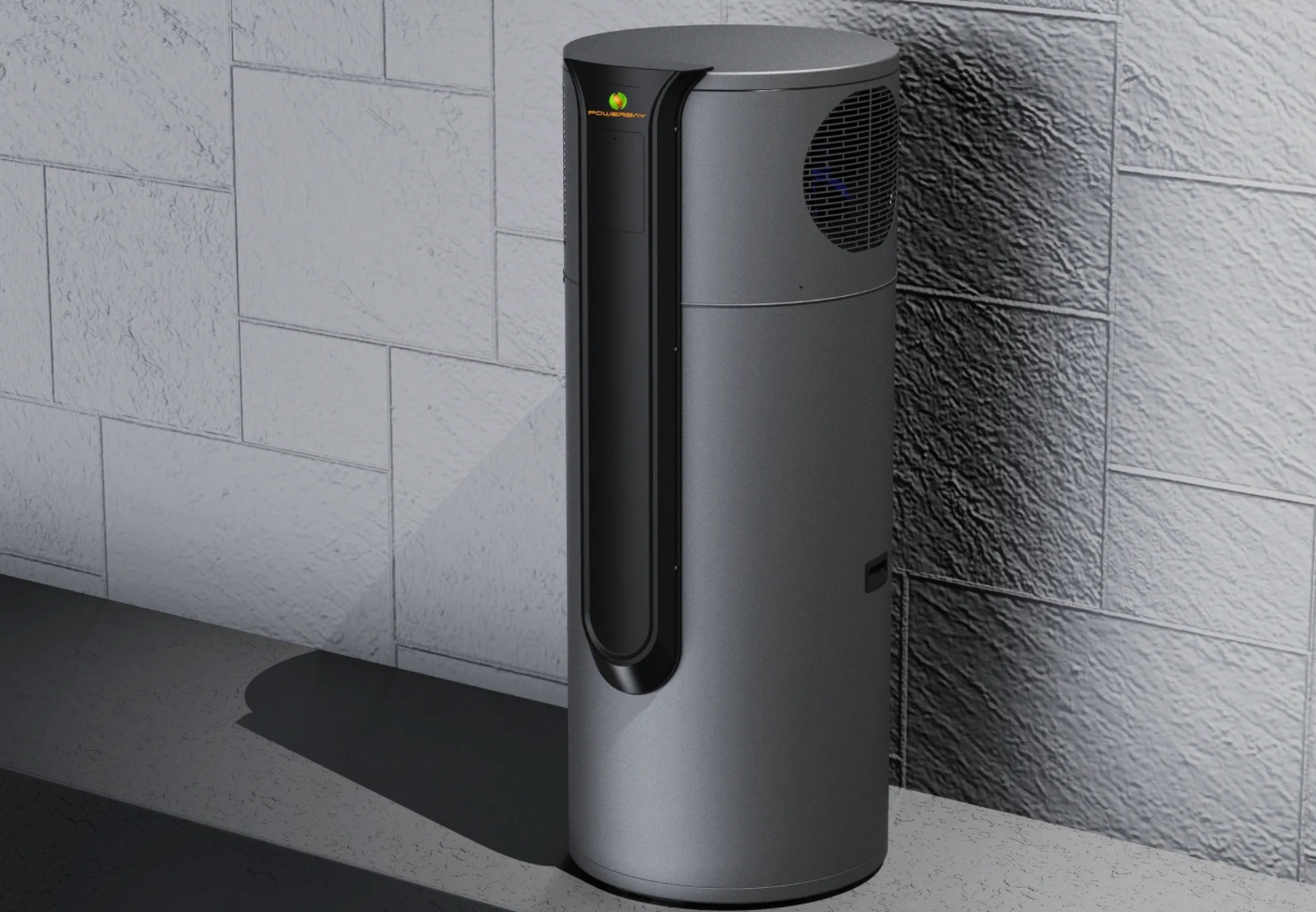Heat Pumps vs. Traditional Water Heaters
When it comes to heating water for your home, choosing between a traditional water heater and a heat pump can make a big difference in your energy bills, environmental impact, and overall comfort. As the cost of living keeps rising, saving money is a big draw for everyone. Today, we’re breaking down why efficiency is the key factor and why heat pumps are becoming the go-to solution for modern homes.
How They Work
Traditional water heaters, whether gas or electric, use either a burner or a heating element to heat water and store it in a tank. The main drawback? They’re not very efficient. They lose heat in the storage process, and if you’re not using the hot water right away, the system has to reheat the water again, wasting energy in the process.
Heat pumps, however, operate on a completely different principle. Instead of generating heat, they move it. A heat pump pulls warmth from the surrounding air or ground and transfers it into your hot water tank. This makes them incredibly energy-efficient because they’re not creating heat, just moving it where it’s needed.
Efficiency in Action
The efficiency of heat pumps is hard to beat. While traditional water heaters convert about 60-70% of the energy they consume into usable heat, heat pumps can achieve an efficiency rate of over 300%. This means that for every unit of electricity used, a heat pump produces three times the amount of heat, making it a far more energy-efficient option.
For example, many homeowners who switched from gas water heaters to heat pumps have seen their energy usage for hot water drop by over 50%, which translates into significant savings on their monthly utility bills.
Environmental Benefits
One of the major environmental advantages of heat pumps is that they don’t rely on burning fossil fuels, unlike gas water heaters. This means no harmful emissions like carbon dioxide or methane are being released into the atmosphere, making heat pumps a greener, more eco-friendly option.
Moreover, if you’re pairing your heat pump with solar panels, you’re heating your water with 100% renewable energy, further reducing your carbon footprint. Even without solar, the efficiency of a heat pump means it uses less energy overall, helping to reduce your home’s environmental impact.
In Australia, switching to a heat pump can reduce household carbon emissions by up to two tonnes per year. That’s a big step towards a more sustainable future.
Cost Savings: A Long-Term Win
While heat pumps can be more expensive upfront, they are a long-term investment that pays for itself through energy savings. Many homeowners who make the switch find that they recoup the cost within 3-5 years thanks to lower energy bills. Plus, with government rebates and incentives available, the initial cost is often much more manageable than you might think.
Take the case of many Victorian families, where on average their initial cost was around $3,000, but with energy savings of $500-$700 per year, they expect to break even in four years. After that, it’s all savings.
Reliability and Longevity
Heat pumps also have a longer lifespan than traditional systems. While a standard water heater might last 10-12 years, a well-maintained heat pump can easily keep going for up to 20 years or more. This means fewer replacements, less hassle, and more savings in the long run.
Make the Switch with Sustainable Energy Partners
If you’re ready to upgrade your home’s hot water system, a heat pump could be the solution you’ve been looking for. At Sustainable Energy Partners, we offer a wide variety of heat pump options designed to suit every home and budget. Our expert team is here to help you find the perfect system and guide you through the installation process, ensuring you get the most out of your new heat pump.
Get in touch with the Sustainable Energy Partners team today, and start enjoying the benefits of a more efficient, eco-friendly hot water system. Whether you're looking to save on energy bills or become more environmentally friendly, we've got the right solution for you!
Disclaimer: The information provided in this blog post is for general purposes only. While we strive to ensure the accuracy and reliability of the content, we make no representations or warranties of any kind, express or implied, about the completeness, accuracy, reliability, suitability, or availability of the information contained herein. Any reliance you place on such information is strictly at your own risk. We will not be liable for any loss or damage arising from the use of, or reliance on, the information presented in this blog post. It is always recommended to seek professional advice or conduct further research for specific situations or concerns. The inclusion of any links to external websites does not necessarily imply endorsement or support for the views expressed within them.


